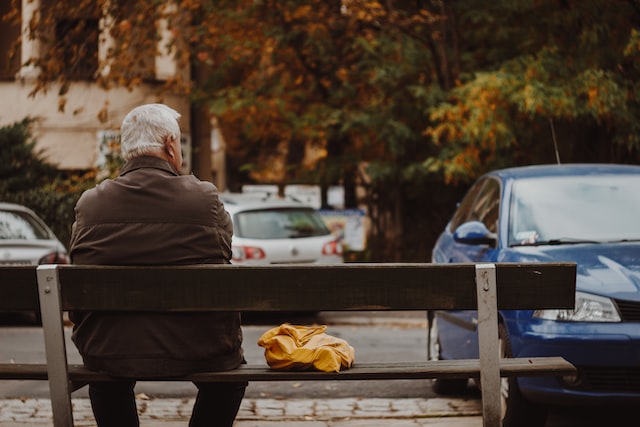Recently, the Texas Supreme Court breathed new life into some ancient zombies—zombie precedents, that is!—which have long lurked in the shadows of the nation’s partnership formation caselaw. This Article tells the story of those undead cases—describing them, debunking them, and plotting their demise.
This zombie tale begins with the supposed black-letter law of partnership formation. In nearly every state, formation of a general partnership is governed by one of two uniform partnership acts. Under both acts, a business relationship ripens into a partnership whenever the statutory definition of partnership is satisfied. The parties’ intent to become “partners” (or not) is always, either explicitly or implicitly, one of the required elements of this definition. However, a storied line of cases holds—and the more recent uniform partnership act explicitly states—that the parties’ subjective intent to be partners (or not) is not dispositive as to formation. Therefore, law students learn as “settled law” that two parties cannot avoid formation of a partnership simply by signing a contract not to be partners. If the two parties’ business relationship satisfies the elements of partnership as a factual matter, the supposed “black-letter law” dictates that the two parties have formed an inadvertent partnership, even if they previously agreed not to become partners.
Thing is, the caselaw was never really settled. In fact, an even more ancient—but far less famous—line of cases holds that the parties’ intent not to form a partnership is dispositive as between themselves. Further, from time to time courts have mistakenly given effect to parties’ agreements not to be partners without even considering the applicable partnership statute. Both types of cases appear in some modern treatises but have largely escaped scholarly attention because they are directly at odds with the uniform statutes.
This Article finally brings the obscure, subjective-intent line of cases out of the shadows and gives them a close review. After briefly describing the ancient line of cases and the uniform partnership
acts, this Article concludes that the latter were enacted (in part) to eliminate the former. Yet, modern courts unwittingly continue to cite the old subjective intent cases, as well as the cases that simply ignore partnership law—occasionally allowing parties to contract around partnership as a matter of law. Hence, the subjective-intent cases are zombies—killed by the uniform acts, but still wandering the treatises, upending partnership law.
Two years ago, the Texas Supreme Court faced a case that pitted the two lines of cases—one famous, one forgotten—against each other. It all began with a massive, highly publicized jury’s verdict that two energy companies had formed a joint venture (a form of partnership) despite initially agreeing not to do so unless and until their boards approved (which never happened). Subsequently, an appellate court overturned the verdict and held that the parties contracted around partnership formation as a matter of law; the Texas Supreme Court later upheld the reversal. This erroneous decision could revitalize the undead subjective-intent cases, sending them on a nationwide rampage to destroy inadvertent partnership formation.
The only way to destroy a zombie is to obliterate its brain. In this case, the “brain” of the subjective-intent cases—i.e., what animates them—is the failure of legal research websites to recognize their death at the hands of the uniform partnership acts. Accordingly, the next court to address the issue of whether parties can contact around partnership should describe these cases as abrogated, thereby marking them with a red flag. Squarely repudiating the subjective-intent cases will effectively blow those ancient zombies to smithereens.
Joseph K. Leahy *
* Professor of Law, South Texas College of Law—Houston.






